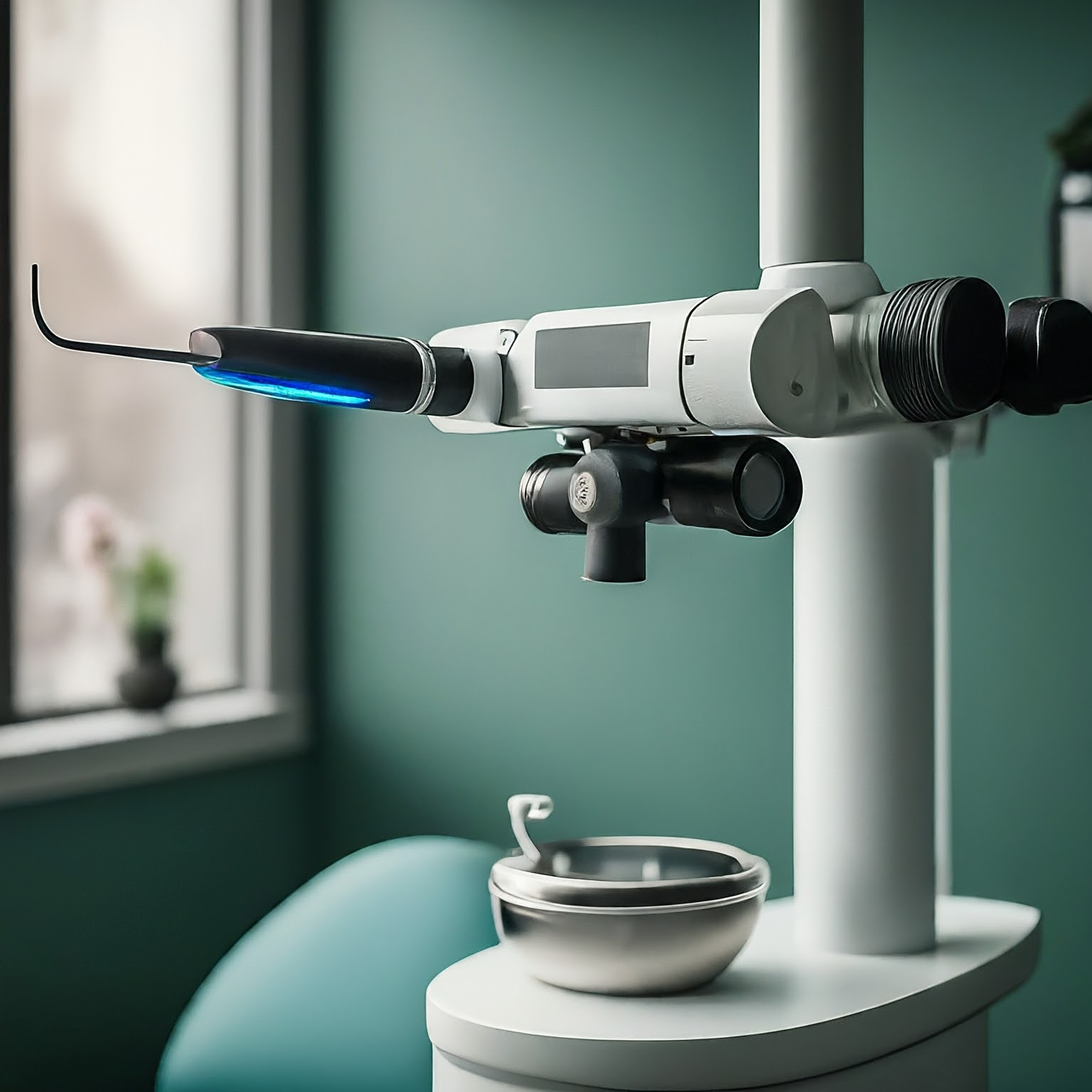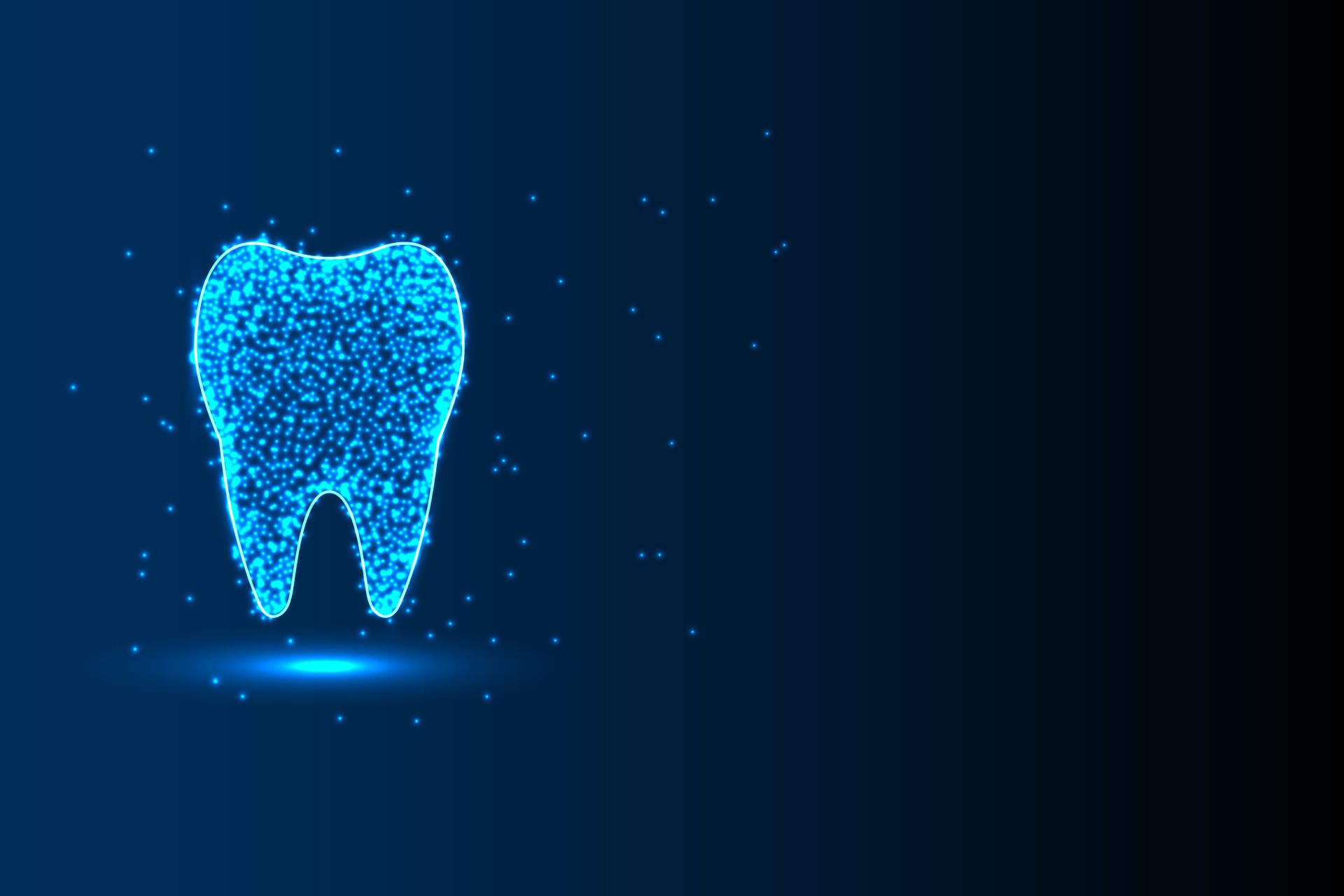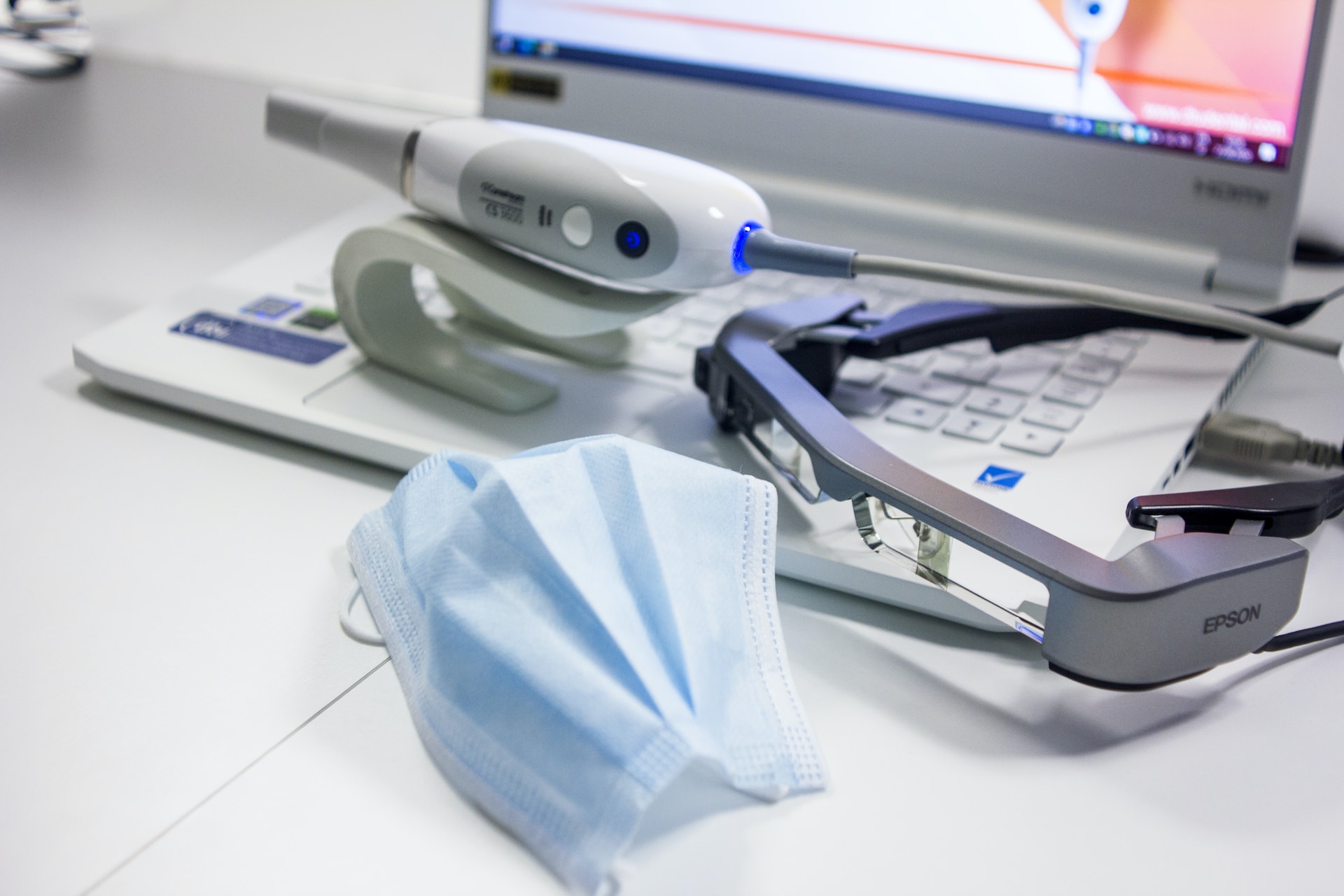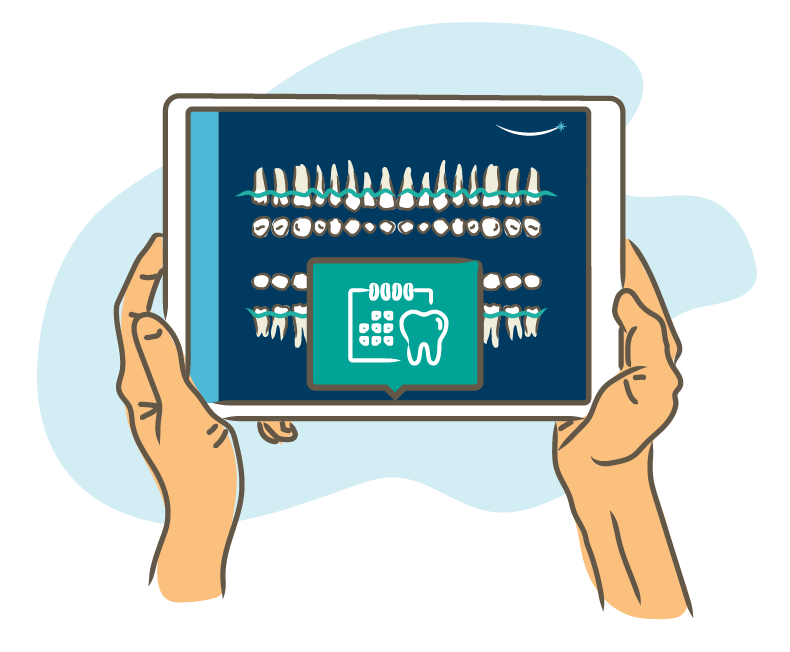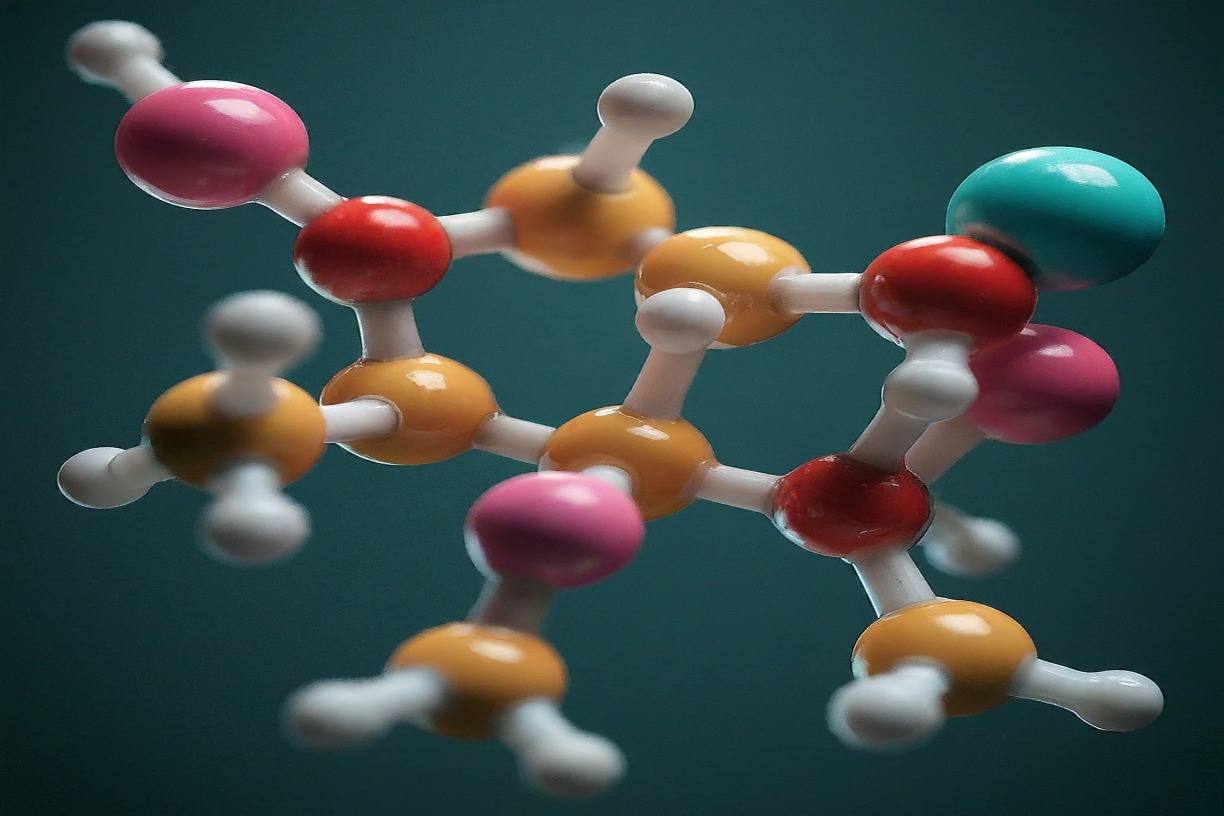Dental Innovations
The Rise of Minimally Invasive Dentistry
The shift toward minimally invasive dentistry is gaining momentum as advanced technology becomes more of a mainstay in modern dentistry. This transformative approach focuses on reducing the use of traditional drills and minimizing pain during dental procedures, making dental visits more comfortable and less disruptive for patients. In this post, we’ll explore the key components of minimally invasive dentistry, including the role of laser dentistry, clear aligners, and other less disruptive procedures that are contributing to its growing popularity.
Understanding Minimally Invasive Dentistry
Minimally invasive dentistry is a patient-centered philosophy that emphasizes preserving as much natural tooth structure as possible while effectively addressing oral health issues. The overarching goal is to minimize the need for invasive treatments, such as traditional drilling, and to provide more conservative alternatives that prioritize patient comfort and long-term dental health.
Laser Dentistry: A Cutting-Edge Approach
One of the cornerstones of minimally invasive dentistry is the integration of laser technology into dental practices. Lasers have revolutionized various aspects of dentistry by offering precise and efficient solutions with minimal discomfort for patients.
Cavity Detection and Treatment
Traditionally, detecting cavities involved X-rays and manual exploration, often leading to the removal of healthy tooth structure during drilling. With laser technology, dentists can now detect cavities at their earliest stages by analyzing the fluorescence of tooth enamel. This allows for targeted treatment, preserving more of the natural tooth and reducing the need for extensive drilling. Cone beam computed tomography (CBCT) scans and AI-powered analysis, as we’ve previously discussed, are also taking digital imaging in dentistry to new levels.
Soft Tissue Procedures
Lasers are particularly beneficial for soft tissue procedures, such as gum reshaping and periodontal treatments. The high precision of lasers allows for more accurate tissue removal and promotes faster healing compared to traditional methods. Patients experience less discomfort and a quicker recovery time, making these procedures more attractive.
Clear Aligners: A Less Disruptive Path to Straighter Teeth
Traditional braces, while effective, can be intrusive and uncomfortable for many patients. Clear aligners have emerged as a less disruptive and aesthetically pleasing alternative, revolutionizing orthodontic treatment.
Subtle Aesthetics
Clear aligners utilize a series of transparent trays to gradually shift teeth into their desired positions. This discreet method is particularly appealing to adult patients who may be hesitant about the visibility of traditional braces. Patients can confidently go about their daily lives without feeling self-conscious about their orthodontic treatment.
Comfortable Wear
Braces with wires and brackets can cause irritation and soreness; clear aligners are custom-made for each patient, providing a comfortable fit. The absence of metal components eliminates the risk of mouth sores and injuries commonly associated with traditional braces.
Other Innovations in Minimally Invasive Dentistry
Minimally invasive dentistry processes extend beyond lasers and aligners. Here are some less-invasive techniques redefining how we care for our teeth.
- Air Abrasion: This minimally invasive technique uses a stream of air and fine powder to remove small areas of decay or prepare teeth for bonding, without the noise and vibration of traditional drilling.
- Ozone Therapy: This method removes the need for harsh chemicals and relies on the power of nature. Ozone gas kills bacteria in cavities and promotes healing, potentially offering a pain-free and alternative approach to traditional fillings.
- Minimal Prep Veneers: For minor chips or discoloration, ultra-thin veneers can dramatically improve your smile while preserving most of your natural tooth structure. This minimally invasive approach requires less enamel removal, preserving tooth strength and longevity.
The Benefits of Minimally Invasive Dentistry
The rise of minimally invasive dentistry is not merely a trend but a significant leap forward in oral healthcare. Let’s explore the myriad benefits that make this approach increasingly popular among both patients and dental professionals.
Reduced Anxiety and Dentophobia
As Katharine Gammon wrote in her article for USC Today, “Microdentistry is now part of the USC dental curriculum, and its focus on stopping cavities early and without drills can make a big difference for patients with dental anxiety.”
Caries and tooth decay can take a long time to develop. Several years can elapse before a patient starts to experience pain or physical evidence of a cavity due to caries. Experts in the field like Jin-Ho Phark, an associate professor of clinical dentistry at the Herman Ostrow School of Dentistry of USC, believe that microdentistry, a type of minimally invasive dentistry, better empowers dentists to catch the decay before it becomes a problem and to stop it in the early stages.
One technique Phark is using involves a liquid resin that infuses the pores of a tooth at risk, which then acts as a preventative sealant. “We can stop the cavity early on and prevent it from breaking down and needing a filling at a later time,” Phark said.
Preservation of Natural Tooth Structure
The primary goal of minimally invasive dentistry is to conserve as much natural tooth structure as possible. By employing advanced technologies like lasers, dentists can precisely target and treat oral health issues without resorting to unnecessary removal of healthy enamel. This preservation ensures a stronger foundation for the tooth, reducing the risk of complications in the future.
Reduced Discomfort and Pain
Traditional dental drills are a common source of anxiety for many patients. The noise, vibrations, and pressure associated with drilling can make dental visits stressful. Minimally invasive procedures, such as laser dentistry and clear aligners, significantly reduce discomfort and pain, creating a more pleasant experience for patients.
Quicker Recovery Times
Minimally invasive procedures often lead to faster recovery times compared to traditional treatments. Laser technology, for example, minimizes trauma to surrounding tissues, promoting quicker healing. Patients can resume their normal activities sooner, contributing to an overall positive patient experience.
Enhanced Aesthetics and Confidence
Clear aligners not only provide an effective method for correcting misalignments but also contribute to improved aesthetics during treatment. The subtle appearance of clear aligners allows patients to maintain their confidence throughout the orthodontic process, promoting a positive self-image.
Reshaping the Landscape of Oral Health
Minimally invasive dentistry is reshaping the landscape of oral healthcare, offering patients more comfortable and less disruptive alternatives to traditional treatments. Laser dentistry, clear aligners, and other innovative procedures are at the forefront of this transformative approach, providing numerous benefits, including the preservation of natural tooth structure, reduced discomfort, and enhanced aesthetics.
Let's brighten
that smile
The when and where are up to you.
